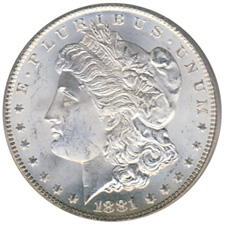 We have probably all heard enough already from the mainstream nitwits who are forecasting the end of the gold bull market and further price declines. Funny thing though, most precious metal investors don’t need advice from self proclaimed experts on how to invest their money. The explicitly stated goal of central banks to increase the rate of inflation through currency debasement is blatantly obvious. Investors are acting accordingly by taking advantage of the recent decline in precious metal prices.
We have probably all heard enough already from the mainstream nitwits who are forecasting the end of the gold bull market and further price declines. Funny thing though, most precious metal investors don’t need advice from self proclaimed experts on how to invest their money. The explicitly stated goal of central banks to increase the rate of inflation through currency debasement is blatantly obvious. Investors are acting accordingly by taking advantage of the recent decline in precious metal prices.
A look at product availability and pricing at some major coin and bullion dealers shows spot shortages of gold and silver as well as large premiums as investor demand overwhelms supply.
The Perth Mint reports that retail customers are increasing purchases at a record rate even as gold slumps to a 21 month low. As the experts were proclaiming the “Death of Gold”, the Perth Mint website recorded the highest activity of the year and one of the best days of the past year. Bargain prices on gold and silver have greatly increased the demand for physical gold and silver by the public. Demand for gold coins have skyrocketed with sales of Australian gold bullion coins increasing by 48% in the first quarter over the comparable prior year period.
Buying by U.S. investors of the American Eagle gold and silver bullion coins has also increased dramatically. Through April 16th, sales by the U.S. Mint of the American Eagle gold bullion coins have already exceeded total monthly sales for the previous two months. At the current sales pace, sales of the gold bullion coins in April will total over 167,000 ounces, an increase of over 260% from the prior month. The last time sales of gold bullion coins exceeded 167,000 ounces was in December 2009 when the U.S. Mint sold 231,500 ounces.
Sales of the American Eagle silver bullion coins are also strong in April, continuing a trend that began with the financial crisis in 2008. Sales of the silver bullion coins through April 16th total 2.2 million ounces. If the current sales pace continues through the end of April total sales of the Silver Eagle coins will increase by 31% over the previous month.
Short term speculators may be crashing the precious metals markets, but long term investors in gold and silver see this as the ultimate golden opportunity to increase positions.

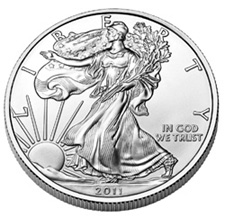 By: GE Christenson
By: GE Christenson Kyle Bass recently summed up the thoughts of many gold investors when he said “the largest central banks in the world, they have all moved to unlimited printing ideology. Monetary policy happens to be the only game in town. I am perplexed as to why gold is as low as it is. I don’t have a great answer for you other than you should maintain a position.”
Kyle Bass recently summed up the thoughts of many gold investors when he said “the largest central banks in the world, they have all moved to unlimited printing ideology. Monetary policy happens to be the only game in town. I am perplexed as to why gold is as low as it is. I don’t have a great answer for you other than you should maintain a position.”
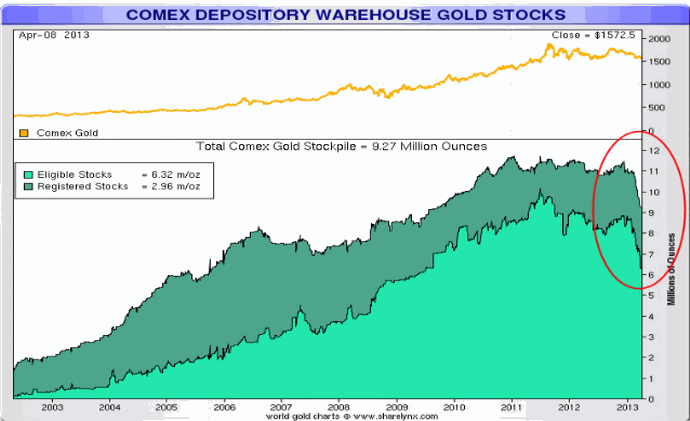
 A profound thanks to all the short term fickle speculators in gold and silver who have shifted their portfolio allocations to stocks, bank accounts and
A profound thanks to all the short term fickle speculators in gold and silver who have shifted their portfolio allocations to stocks, bank accounts and 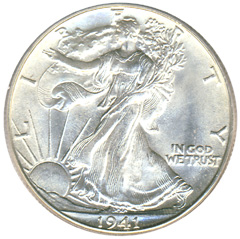 Begin the analysis in 1971 when Nixon dropped the link between the dollar and gold. A pack of Marlboros cost (depending on local taxes) about $0.39. We paid about $0.36 for a gallon of gasoline. The DOW Index was about 850. Silver was priced at about $1.39.
Begin the analysis in 1971 when Nixon dropped the link between the dollar and gold. A pack of Marlboros cost (depending on local taxes) about $0.39. We paid about $0.36 for a gallon of gasoline. The DOW Index was about 850. Silver was priced at about $1.39.


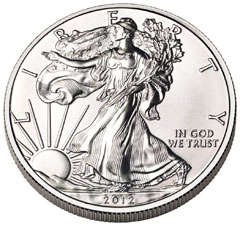 Prior to the financial crisis, sales of the one ounce American silver eagles averaged about 10 million coins per year. The near collapse of the financial system in 2008 raised profound questions about the integrity of the financial system and the rush to precious metals was on. Since 2008, annual sales of the American Eagle silver bullion coins have soared with average annual sales of over 31 million coins.
Prior to the financial crisis, sales of the one ounce American silver eagles averaged about 10 million coins per year. The near collapse of the financial system in 2008 raised profound questions about the integrity of the financial system and the rush to precious metals was on. Since 2008, annual sales of the American Eagle silver bullion coins have soared with average annual sales of over 31 million coins.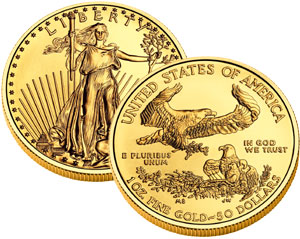 One of the best methods for protecting wealth against a constantly depreciating paper currency is to own precious metals.
One of the best methods for protecting wealth against a constantly depreciating paper currency is to own precious metals.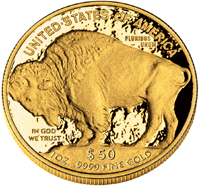 The outlook for gold has turned profoundly negative. With prices down over 4% since the start of the year, gold is off to the worst start since 2001. Billionaire investors George Soros and Louis Moore Bacon have dramatically slashed their gold holdings and Bloomberg reports that money managers have liquidated gold and precious metal holdings for six straight weeks, the longest stretch of outflows since the first quarter of 2011.
The outlook for gold has turned profoundly negative. With prices down over 4% since the start of the year, gold is off to the worst start since 2001. Billionaire investors George Soros and Louis Moore Bacon have dramatically slashed their gold holdings and Bloomberg reports that money managers have liquidated gold and precious metal holdings for six straight weeks, the longest stretch of outflows since the first quarter of 2011.